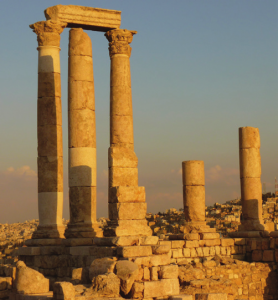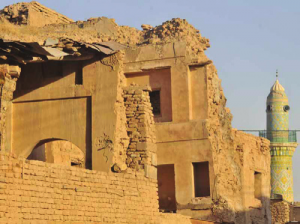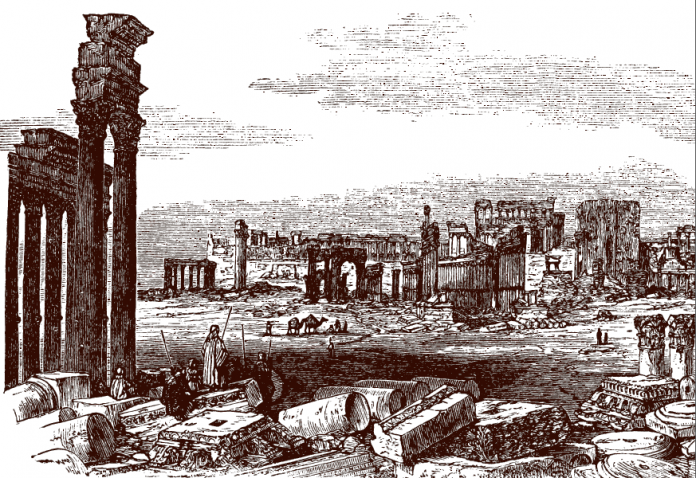In order to give the international community the means to act effectively to protect heritage threatened by armed conflict, the President of France and
the Crown Prince of the United Arab Emirates created in March 2017 the International Alliance
for the Protection of Heritage in Conflict Zones (ALIPH). The $100 million foundation, incorporated under Swiss law, held its first board meeting
Board of Directors in Geneva.
Citadel in Erbil, Iraq
The joint initiative of French President François Hollande and the Crown Prince of the United Arab Emirates, Sheikh Mohamed bin Zayed Al Nahyan, in close collaboration with the United Nations Educational, Scientific and Cultural Organization (UNESCO), saw the creation of the International Alliance for the Protection of Cultural Heritage in Zones of Conservation.
Zayed Al Nahyan, in close collaboration with the United Nations Educational, Scientific and Cultural Organization (UNESCO), the International Alliance for Heritage Protection in Conflict Zones (ALIPH) was created on March 3.
Towards the end of March, at the Louvre, on the occasion of the international donors' conference to launch the Alliance for the Protection of Cultural Heritage in Armed Conflict, François Hollande praised the commitment of private and public players, as well as the Swiss and Geneva authorities, "for their support and backing" in the creation of ALIPH.
Geneva authorities "for their support and backing" in the creation of ALIPH. While announcing a French contribution of 30 million dollars, the French President
emphasized that we were not witnessing the birth of "an international Red Cross for heritage, but certain principles, which are at the heart of humanitarian law, inspire us to shelter threatened works." A fundraising target of $100 million has been set for the commitment period up to 2019.
Pledges of 77 million dollars were made at that time in Paris. In addition to the two founding States, France and the United Arab Emirates, the donor countries represented on the Foundation Board are Saudi Arabia, Kuwait, Luxembourg and Morocco. China and South Korea publicly expressed their support and willingness to contribute financially to the fund at the Louvre conference. The Council, ALIPH's main body, will be supported by three committees: scientific, ethical and financial. Jack Lang explained that the choice of location for the headquarters had naturally fallen on the international city because "Geneva provides the guarantee of neutrality and transparency." What's more, Switzerland, along with France, is one of the few countries in the world with the legal basis to provide a temporary refuge for works that are seriously threatened in their country of origin.
While waiting for premises to be found, Jack Lang, France's representative on the ALIPH Council, and Mohamed Al-Mubarak, President of the UAE Authority for Culture and Tourism, representing the United Arab Emirates, met at the Permanent Mission of France to the United Nations Office at Geneva.
Authority for Culture and Tourism, representing the United Arab Emirates, representatives of donor states, private donors and qualified personalities. To date, the private contributors and patrons are Mr. Thomas Kaplan, an American businessman and collector, and Mr. Jean-Claude Gandur, a Swiss businessman and collector. Other contributors, including the American Andrew W. Mellon Foundation, have confirmed their support and will determine the amount of their contribution in the near future. Other members of the Foundation Board include the Dean of the Smithsonian Institution in Washington and the Director of the Near and Middle East Department of the Pergamonmuseum in Berlin.


Gaetano Palumbo
Citadel in Erbil, Iraq
ALIPH has yet to submit to the Swiss authorities its application to be granted the status of an international institution, with the legal regime and privileges and immunities of an international organization.
The Foundation's Board has set itself the goal of acquiring all the resources it needs to operate by September, so as to be in a position to examine the first heritage protection projects before the end of 2017.


